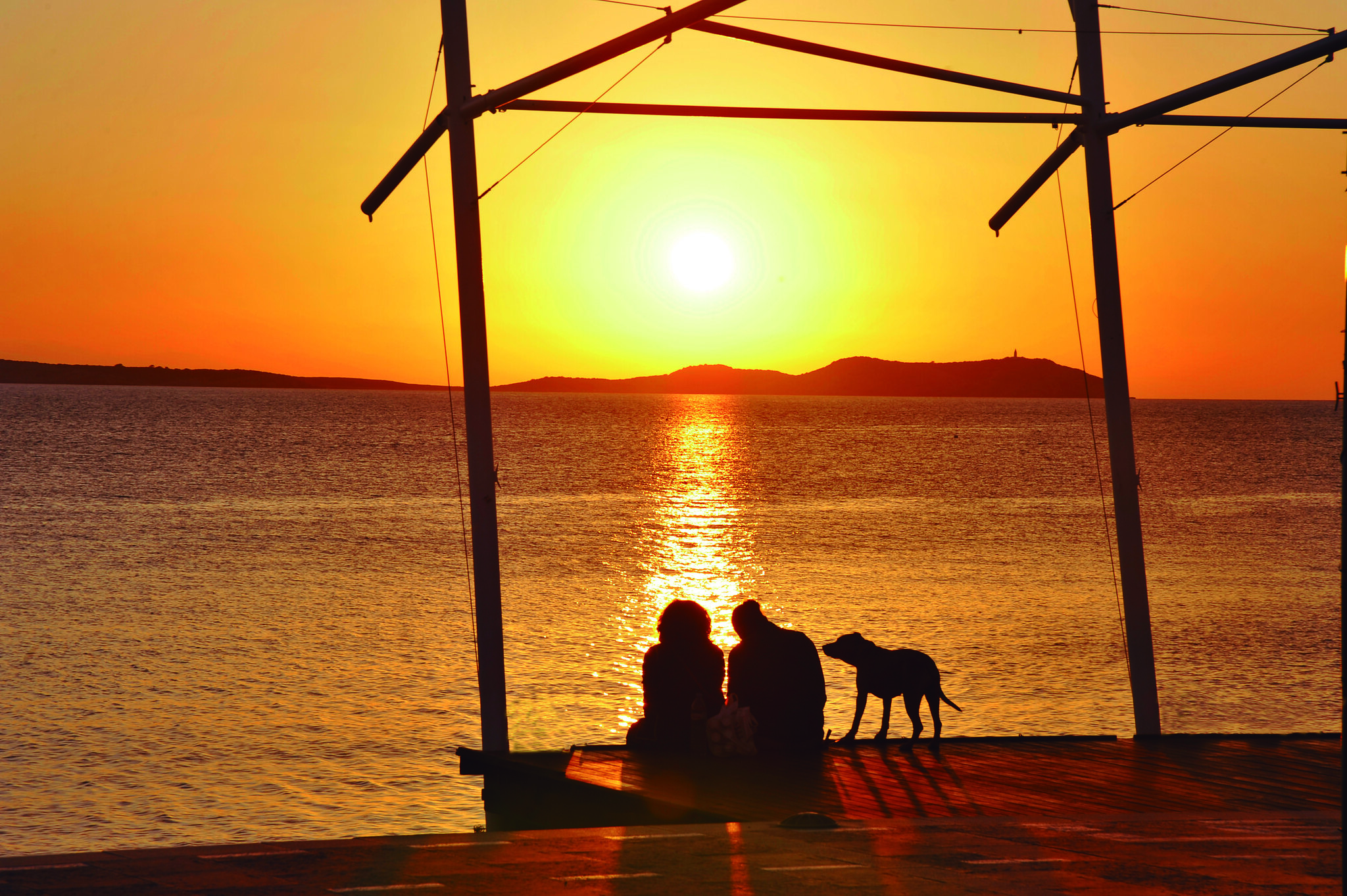Long seen as a tolerant, magical place, in the mid-Sixties Ibiza became an essential stopover on the hippie world tour. Known locally as peluts (hairies), they found welcoming locals, deserted beaches and cheap accommodation, and soon set up communes on old fincas (farm estates), with a circuit of parties and ‘happenings’ – and plentiful supplies of drugs.
The clubs that now form the centre of the island’s nightlife grew organically out of this counter-culture. Amnesia was a former farm a little way back from the road between Ibiza Town and San Antonio. A cheap, bohemian party venue for hippies and artists, it didn’t even have electricity at first, the revellers dancing round bonfires in the house and grounds.
Pacha opened just outside Ibiza Town in 1973, playing reggae and psychedelic rock to a similar crowd. By then, the island was starting to develop two distinct and separate personalities. Families on package holidays gravitated towards Playa d’en Bossa and Es Canar and younger holidaymakers to the growing numbers of bars and clubs in San Antonio. The island’s more alternative or sophisticated visitors stayed either in Ibiza Town or in villas in the hills and went to party in clubs like Pacha, Amnesia and Club Raphael (later to be renamed Ku).
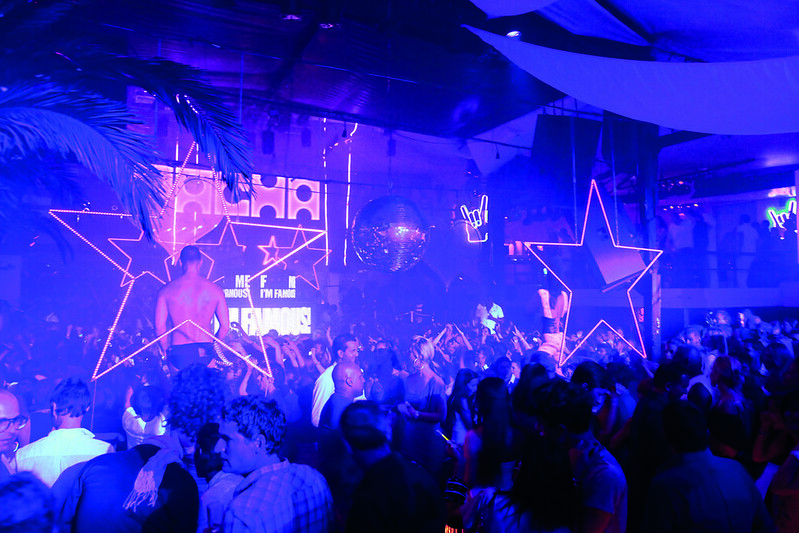
As disco emerged, these venues began to add on dancefloors, bars and massive sound systems. By the Eighties, they had evolved into ornate Moorish fantasy palaces, their many levels hung with white drapes, planted with palm trees, decorated with pillars, balconies and plush cushioned areas. Es Paradis had fountains that could be turned on at the peak of the night, soaking the dancers. Amnesia had its weekly foam parties, where the dancefloor would be pumped with espuma until the dancers stood neck-deep in bubbles.
LOCAL ADVERTISING
The biggest of them all, Ku had a capacity of 8,000 and a swimming pool in the middle of the main dancefloor. Dancers and musicians were flown in specially from Rio for its annual Brazilian carnival, and Spandau Ballet, Kid Creole & The Coconuts, James Brown and Talk Talk played there. Before new noise regulations forced Ibiza’s clubs to build roofs in 1990, it was said that Ku’s spectacular lasers could be seen in mainland Spain.
In all the clubs, there were lavish theme parties, constant redecorations, extravagant one-off events. There was a rumour that the owners of Studio 54 in New York had visited the island to steal ideas from Pacha. Certainly the same people were dancing in both clubs. These were clubs for jet-setting celebrities and socialites, and for a growing gay community who first came to escape the repression of mainland Spain, but then later flew in from all over Europe to enjoy the decadent atmosphere.
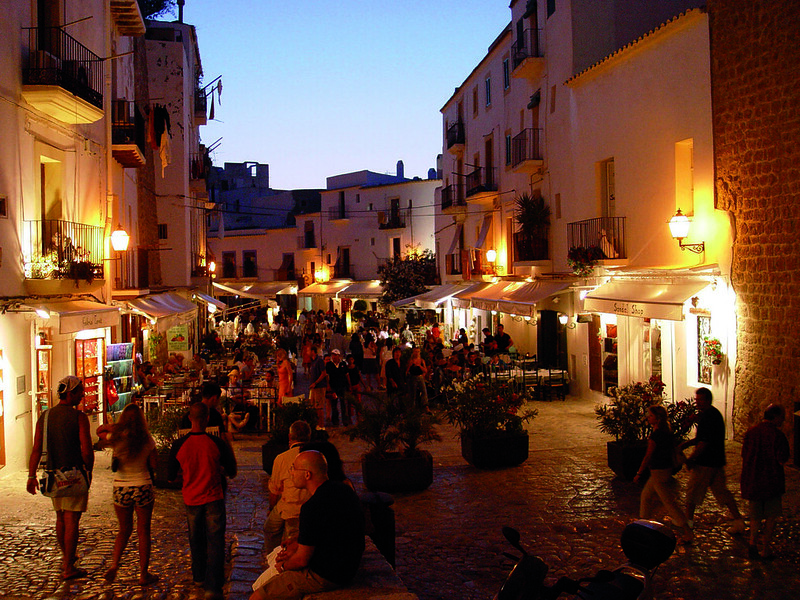
All of these mingled in the streets of Ibiza Town, shopping in the designer boutiques, eating in the expensive restaurants on the harbour front, posing in the numerous cafes and in bars that grew wilder as darkness fell. It was a cosmopolitan place, attracting people of all nations: models, film stars, designers, musicians. Local matrons in traditional black dress simply smiled when confronted with a near-naked transvestite, the wealthy moored their impressive yachts in the marina and impoverished gypsies peddled drugs in the streets.
“Ibiza is a meeting place,” says long-time resident Alfredo Fiorito. “That’s far more important than the music. You meet people that change your life completely or blow your mind. That’s the magic of the place.”

Alfredo – he never uses his second name – left his native Argentina after the 1976 military coup d’état. He was jailed for a while for promoting rock gigs, although he’s keen not to make too much of this. “They jailed many people,” he says. “I was nothing special.”
After the repression of Argentina, the free and easy attitudes he found in Ibiza made the island seem like paradise. Alfredo immediately set about spreading roots: within a week, he owned two dogs. Within a year, he was a proud father. He also slowly got involved in the dance scene. The first record he danced to in Ibiza was Led Zeppelin’s ‘Stairway To Heaven’. Which, he adds dryly, was no mean feat, even on acid. But the clubs played reggae too, a music which became a lasting passion.
In 1982, he took over a bar in Ibiza Town and, at the age of 30, set about learning to DJ. Finally, he had found his calling. In 1983, he worked at Amnesia. For a week. “I was playing Culture Club records, which wasn’t the best thing to do at the time.”
The next summer, he returned for the whole season. Amnesia had dipped in popularity, and some nights he’d play for six hours straight to a crowd of about 20. After finishing at 6am, he’d wait another hour before the manager turned up to pay him his £20 wage. So he started playing records to pass the time, and people began to call in on their way back into town, after Ku had closed. Within three days, he had 1000 people there. After two weeks, the place was packed, and the managers decided to close at night, and open up instead at 5am. Ibiza had its first big after-hours club.
“At the end of the summer of 1984, that place was beautiful,” recalls Alfredo. “It was the most incredible thing I ever saw. It was young and old, black and white, any language, cool and relaxed. Obviously there were drugs, but the people there weren’t kids going mad. It was open-air, in the sun, and it was beautiful. The music was Bob Marley, all my musical roots.”
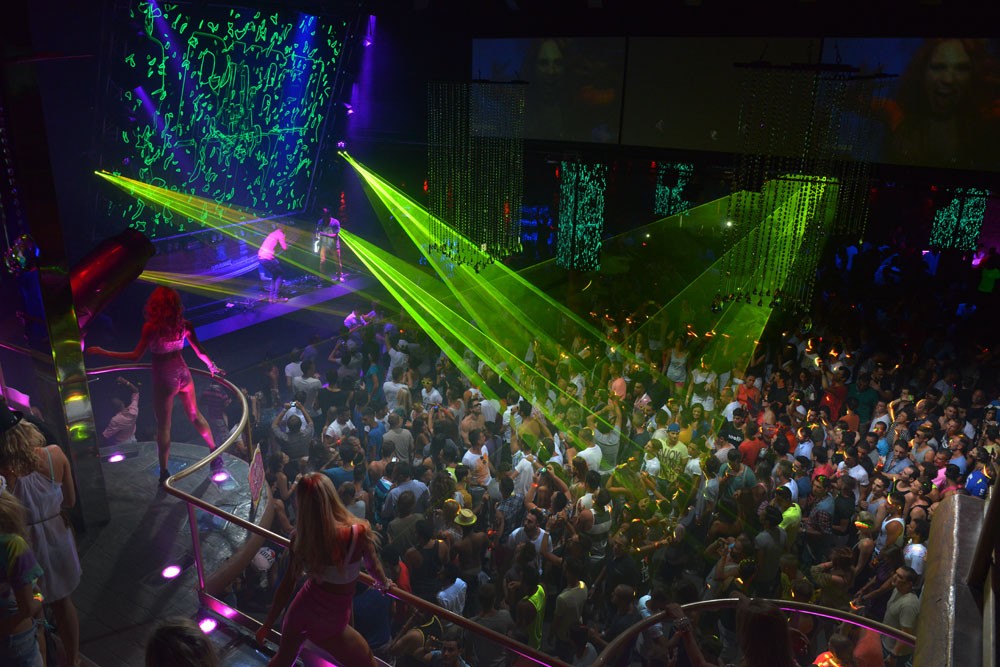
By the 1985 season, Amnesia was the club on the island. Alfredo had spent the winter in Madrid, where he’d met a New Yorker who used to bring over underground dance records to sell. There were no vinyl importers in Spain then, and Alfredo describes their meetings as being more like illicit drug deals than record purchases. Certainly, the dealer quickly got him hooked: on house music.
Back in Ibiza, Alfredo began building his sets round this new sound coming out of the gay clubs of Chicago. The Adonis track ‘No Way Back’ was his favourite, but he was playing to a crowd whose nearest exposure to electronic experimentation was Depeche Mode. The big Amnesia tracks were ‘Shout’ by Tears For Fears, Donna Summer’s ‘Love To Love You Baby’, and anything by Bob Marley.
Somehow, Alfredo managed to shoehorn house into the mix, alongside a growing collection of European club tunes garnered from DJing trips to France, Germany, and especially Italy. “Most of them had already been hits in Europe. ‘Jibaro’, ‘City Life’ – these weren’t new records, even at the time.”
But the blend was fresh. He took underground dance tracks from New York, Chicago and Detroit and just threw it into the pot with chart pop, British synth bands, indie rock, Euro disco, reggae and anything else that seemed to fit. The Ecstasy that had started to come in via the hippies and jet-set clubbers was another key ingredient. And, on a dancefloor illuminated by the dawn and then warmed by the Mediterranean sun, it worked.
“It was like a religious service. I cried so many times in Amnesia, because there were really emotional moments. They were the most romantic times of my life.”
Everyone came to Amnesia. Alfredo met Grace Jones, Freddie Mercury (whose parties on the island were legendary for their decadence), George Michael, Stevie Wonder. Prince Albert of Monaco used to turn up, surrounded by bodyguards. He once offered the DJ 50,000 pesetas to keep the club open for one more hour.
“I said to him, ‘Alright, everybody here wants the same thing, and you have a lot of money. Why don’t you give me 500,000?’” laughs the DJ. “It was too much money for him!”

Ibiza was an appealing holiday destination for young Brits in the Eighties. Wham! filmed their ‘Club Tropicana’ video round the pool at the upmarket hotel Pike’s in 1983, and the island’s clubs became a summer playground for the new pop, fashion and club glitterati. Boy George had a birthday party there, groups like Animal Nightlife and Spandau Ballet played at the Ku, and The Face ran a feature in 1985 which marvelled at club’s £15 admission price and at the diversity of people partying there.
For working-class youths unaware of or unable to afford this other world, the booming resort town of San Antonio had a similar lure: cheap alcohol, plenty of small clubs and bars, and a party atmosphere.
But some came to the island for more than just a holiday. By the mid-Eighties, unemployment in Britain had reached a record high. Prime Minister Thatcher was fond of telling us we’d never had it so good, but despite the stories of Champagne-swilling yuppies in the City, and loadsamoney lads in the property and building trades, for many young Britons the reality was the dole or pointless job schemes.
So some simply left. Unnoticed, unmissed at home (many in fact still finding ways to collect their dole cheques), significant numbers of young Brits were on the move. You’d see them selling snacks on the beach in the south of France, smoking weed in the coffee shops in Amsterdam, hanging out in Spain in the summer or Tenerife in the winter, working, blagging, thieving, dealing – doing whatever they needed to avoid going back to the boredom of the UK.
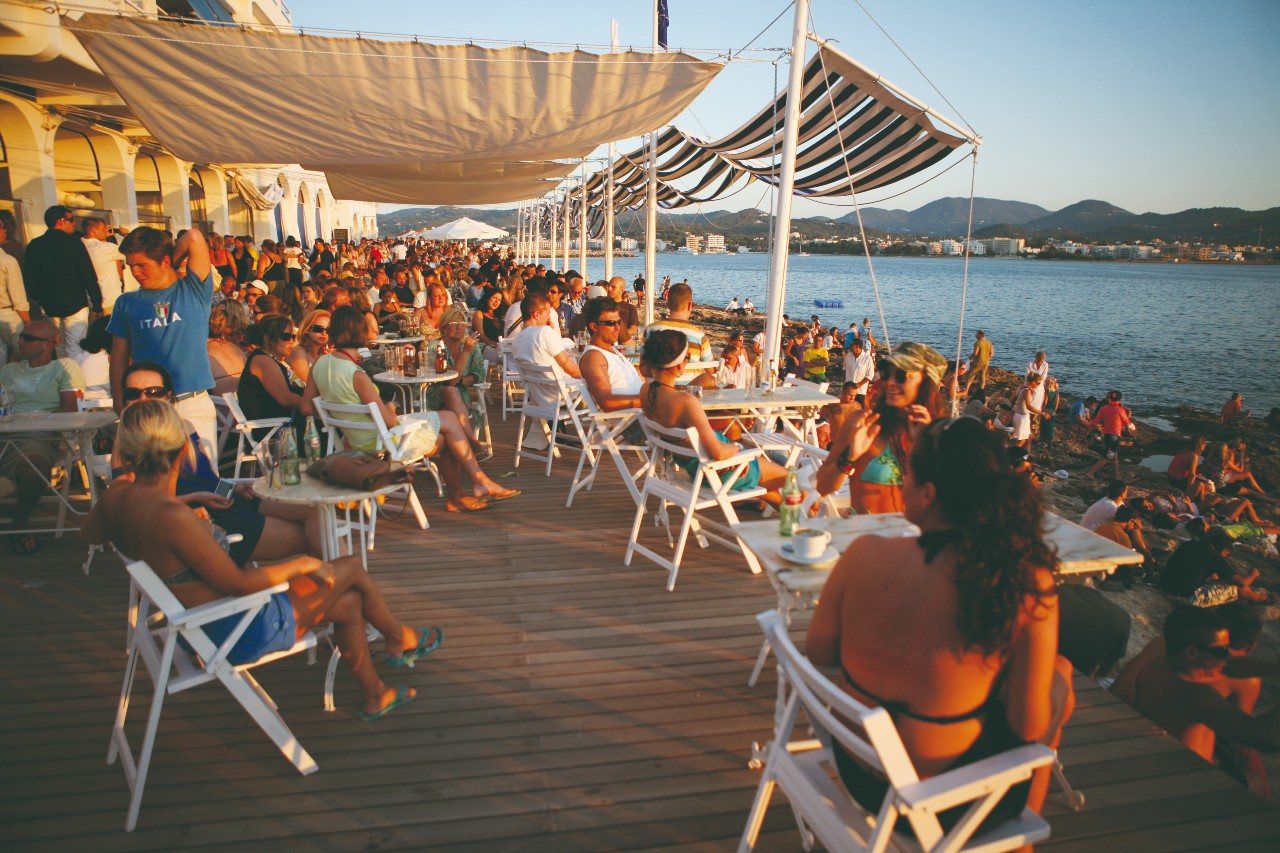
Ibiza was as attractive to these travellers as it was to the package tourists. But while giving out flyers for the clubs, working in the bars, or on the clothes and jewellery stalls that litter the streets of Ibiza Town at night, they stumbled into the other side of the island’s nightlife. They blagged in at the door and relied on others to buy them drinks, then experimented with trips and Es as they stood on the side-lines and marvelled at the wonders they had found.
These weren’t Taboo kids, used to the flamboyant dressing-up games of London’s cool West End clubs. The mix of gay and straight, the extraordinary poses and costumes, were all new to them. Dancing in the same club as celebrities, alongside an international mix of beautiful people of all ages, all races, all languages, they felt like they had walked through the looking glass and found themselves in wonderland.
Alfredo became aware of these young Brits in 1986, when he got to know Nancy Turner, who was working on the island for her second summer; and Lisa McKay, who was a frequent visitor. A year later, for reasons obvious to anyone who has ever seen them in a club, the younger McKay and Turner were rechristened Lisa Loud and Nancy Noise, and became key faces in the Balearic summer of 1987. But the real foundations, Lisa says, were laid the summer before.
“That was a really significant year for all of us because we made a lot of friends. We all stuck together, went out clubbing together, and ended up spending summers together [in Ibiza]. It was more exciting, more colourful, more worldly. It might have been because I was young, but the things we saw! Guys walking round on stilts with wedding cakes on their head.. A guy wearing a swimming hat with Barbie and Cindy dolls stuck on, so their legs all stuck out. There was this French couple who were always in luminous Lycra with high rise platform shoes. The madness and extravagance and outwardness of gay people, you never really saw that in Britain. Ibiza bought that all together, and I just thought it was so amazing.”
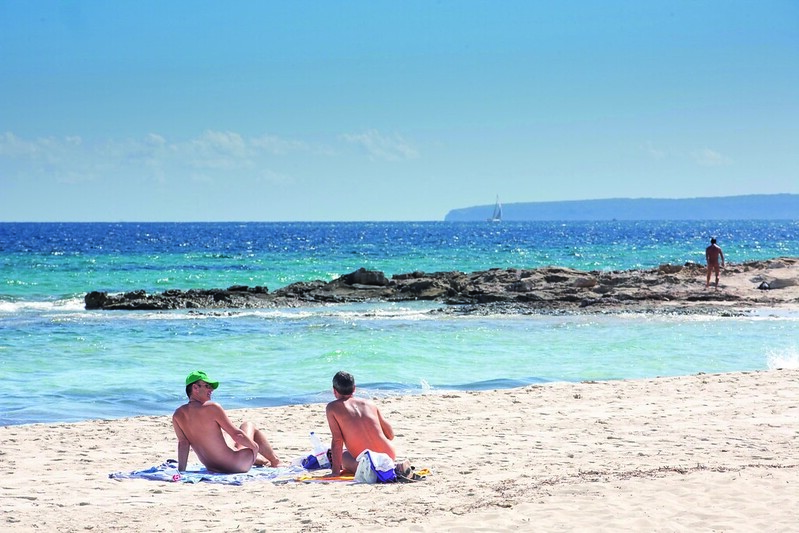
In June 1987, Mrs Thatcher was elected for a third term. Britain seemed depressed, moribund, incapable of change. The club scene was stagnating. It had been a long, grim winter. More young Brits than ever went over to the island, hoping to stay for the summer. And this time they had a focus, a place to meet. Trevor Fung and his cousin Ian St Paul, South Londoners who had both previously spent seasons working on the island, decided to open a bar of their own in San Antonio. They called it The Project.

This year, Ecstasy was part of the scene from the start. And The Project became a focus for the young Brits out there for the season, with Ian St Paul at their centre. (“He’s the chief of the acid revolution,” says Alfredo. “He’s the ideologue.”) Soon there were regularly 200-300 people standing outside the bar in the evenings, people from all over the UK talking to each other, making friends, listening to anything that was thrown onto the decks, from Prince’s Sign O’ The Times album to early Trax releases.
In the sun, away from dreary England, the normal rules ceased to apply that summer. Reality had been suspended, and life seemed like one long holiday. Ecstasy had broken down the barriers, and this small band of Brits were building their world anew: looking after each other, sharing money, food and beds, watching sunset at the Cafe del Mar then gathering at The Project before hitting the clubs together, they were closer than family.
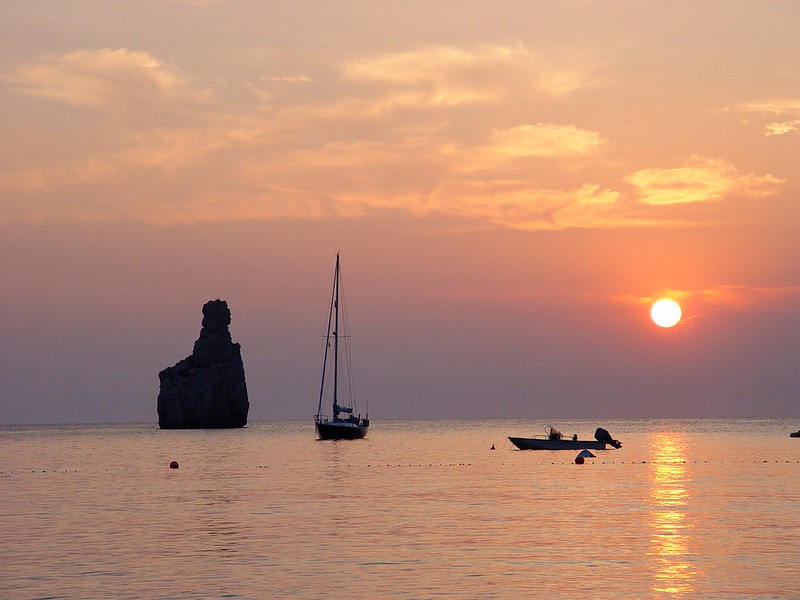
“We were there to dance! And dance, and dance, and dance! And not stop!” said Adam Heath, then a 19-year-old clubber from Bromley. “We got into this ideal, the E-ed up, loved-up thing; we wouldn’t have been so close without it. At one stage, 18 of us lived in one apartment with six single beds. We all got into the clubs for nothing. They knew us, they called us ‘the crazy English’ and they loved us. Everyone was quite young and well-travelled. We all had the same mentality, which was to have a really good time and try as hard as possible not to think about anything else. It felt like a religion.”
“We used to just talk to the bouncers for an hour until they let us in, then steal drinks when people put them down because we couldn’t afford to buy them,” says another clubber. “We thought it was the coolest thing on earth, because not everybody knew about it. You had your 18-30 tourists in San Antonio doing pub crawls, and we felt like we were in this whole different, secret world. You would do things that you wouldn’t do in England. You could pretend to be someone else. We took trips and Es and met all sorts of weird people out there.”
“It was like a magnet, you got drawn into it,” adds Trevor Fung. “And also the sheer number of people that were all feeling the same, from all over the world. I was having such a great time, I thought, ‘Sod England. What is there in England at the moment?’”
This is an edited extract from Sheryl Garratt’s Adventures In Wonderland, a history of all that led up to the acid house and rave explosion, and the boom in British clubbing that happened afterwards. Available from Amazon in paperback (£11) and on Kindle (£5.99). Buy it here.
Please support us if you can
Can you help? With the sad demise of our free monthly print titles across London last summer due to advertising revenues in freefall, we now need your support more than ever. Every contribution, however big or small, is invaluable in helping the costs of running our websites and the time invested in the research and writing of the articles published. Please consider supporting us here – for less than the price of a coffee. Thank you.

